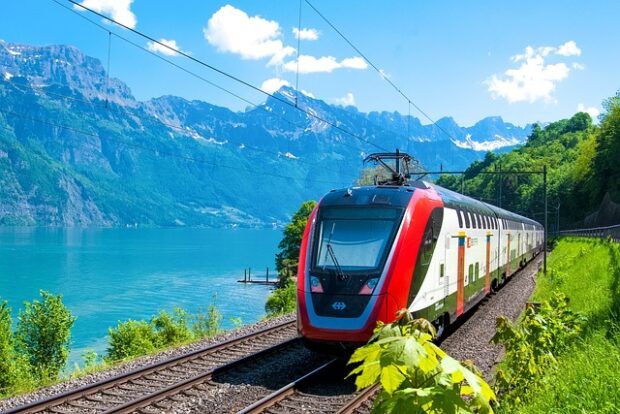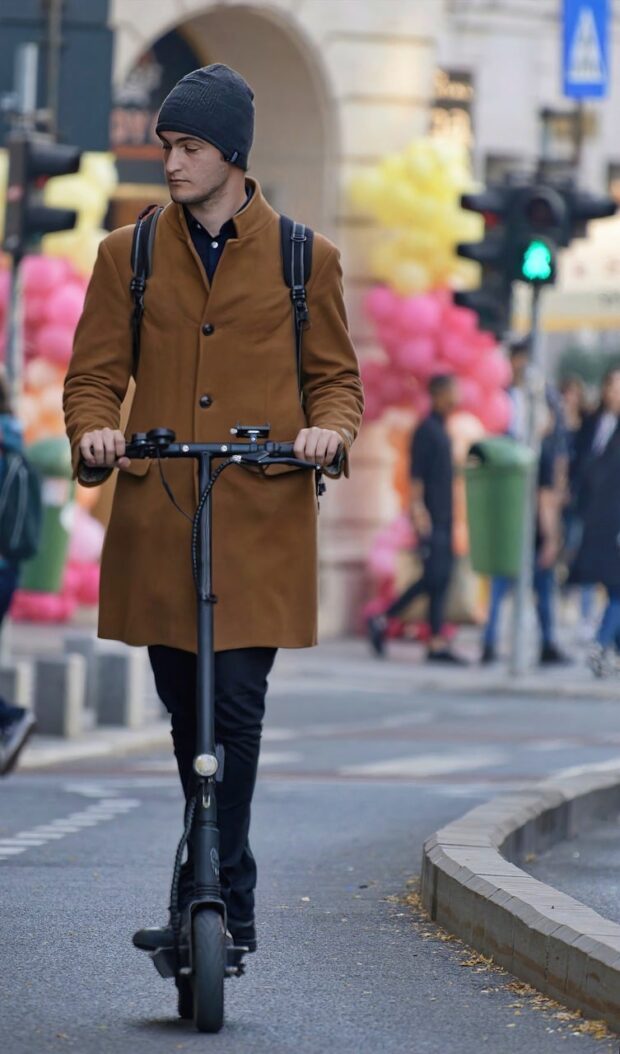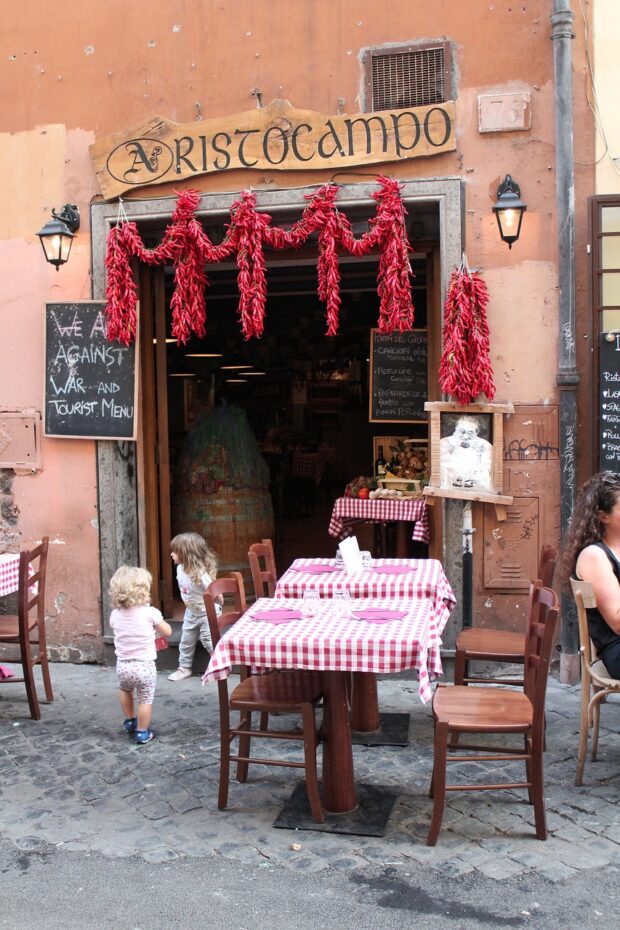We all love to travel. Whether you are visiting the crisp white french alps, or embarking on an adventure into the Amazon rainforest, travelling offers the opportunity to appreciate the exceptional world we live in. With that being said, we still have to acknowledge our responsibility to the environment and respect the landscapes that we visit when travelling abroad.
Sustainable transport has become a huge theme in recent years. After the shocking data revealed how damaging plane commuting can be, huge corporations have now made it their initiative to offer sustainable options for the population. Whilst this is not always an option when travelling to some countries, there is still an abundance of small adjustments that can be made when travelling abroad to make the experience much greener and more sustainable.
In this blog post, we will discuss actionable steps you can take when exploring the different cultures around the world, whilst maintaining sustainability and eco-friendliness.

Travel by rail
It is important to understand the impact that planes have on the environment. Whilst they offer the comfort and speed of commuting to distant destinations, they also unload a huge volume of CO2 in the process. On average, around 2.4% of global CO2 emissions come from aviation. This is a staggering amount, and if we hope to reduce this value, we must choose more sustainable transport options such as rail. The rail systems that are distributed across the world today make seeing the wonders of the world much more streamlined, as long as you catch the right trains of course.
Railways also offer the flexibility you do not get when flying by plane. You can see the scale and beauty of the landscapes you’re travelling to from the ground, whilst also having the freedom to change your course of destination all through a quick change of stop. Trains consume far less energy than other types of transport, and many trains today are solely run on electricity which avoids the emissions of CO2 completely. Depending on your destination, consider travelling by train, or even interrailing through a number of different countries for an action-packed trip.
Use carbon-free short-distance transport
We understand the temptation of hailing a taxi to take you from your day at the beach back to your hotel, but the more sustainable option would be to hire an electric scooter, or even hop on the electric trams that many main cities have today. Whilst it is not expected for rural locations to have these options, always consider using sustainable transport options for shorter distance commutes. You can typically hire adult electric scooters and bikes for a short daily fee, or hop on underground, electric-powered railways for a small cost. It might seem like a small change, but it will make all the difference to the lowered CO2 contribution of your overall trip.
Buy from the local community
There is nothing better than indulging in the local cuisines and experiencing the culture of the country you are visiting. If you are tempted to try the international recipes of the Mcdonald’s nearby, forget about it. As much as a happy meal from Germany might seem, it would be much more sustainable to support the local community and eat from the markets and stalls, home to small businesses. Supporting the local communities means you are buying into the local economy. Tourism is one of the main contributors to the economy of developing countries, therefore it would only be right to contribute when visiting the land. A freshly cooked meal by the native people of the country will offer you much more insight into the culture than a fast food chain meal will!
Avoid single-use plastic bottles
Travelling can be thirsty business. Moving from location to location means that you will need to buy enough water to keep you hydrated on the road. Many people make the mistake of buying multiple single-use plastic bottles, instead of bringing one reusable bottle that can be cleaned. They only require a small amount of space in your travelling bag, so invest in a great reusable bottle to guide you through the trip. The location where you stay should have access to fresh, safe water to drink, to refill when you reach different stops. Make sure that your accommodation can guarantee that the water is safe to drink!
Visit ethical wildlife centres
Unfortunately, with the rise of backpackers wanting to pet native wildlife, many unethical animal centres have opened up to keep the animals captive and force them to perform for hours. If you are intending to visit an animal centre, make sure they are legitimate and have evidence for the support they give to the animals. The most unethical centres for petting wildlife java telltale signs such as keeping the animals in chains, charging large sums of money, and not allowing visitors to take videos of anything other than sitting with the animals. Do thorough research before you book an experience with the native animals, and also ask locals if they agree the centres are ethical and support wildlife. The monetary contribution to ethical wildlife centres will ensure they can continue supporting animals that need help, and facilitate injured animals til they are fit enough to go back into the wild.
Bottom line
Overall, these are just a few small ways you can be more sustainable when travelling to different countries. Whether you travel by train, eat the cuisines from the local markets, refill a reusable water bottle, or avoid visiting unethical wildlife centres, these are essential steps that we all should be making to reduce our carbon footprint when travelling and make our impact on the new environments much more ethical.















